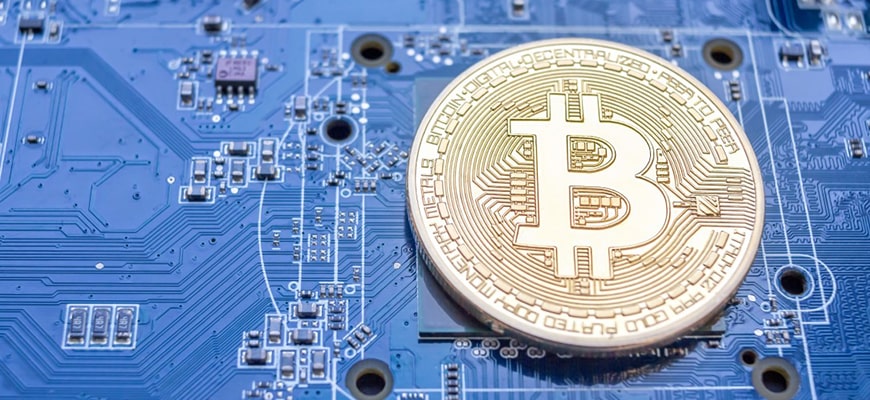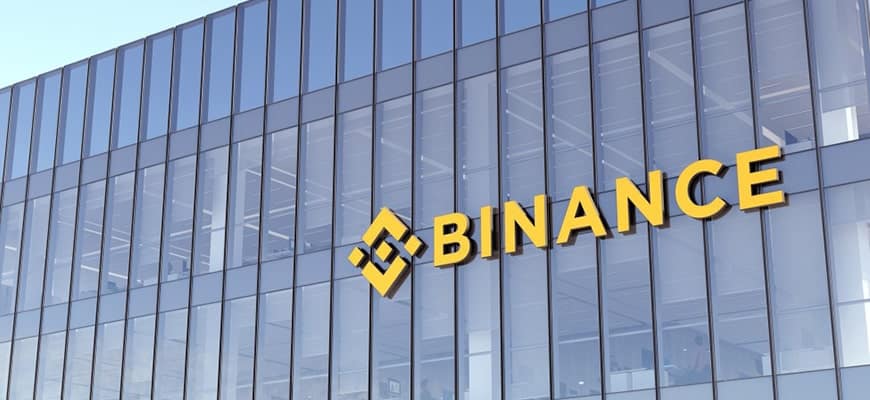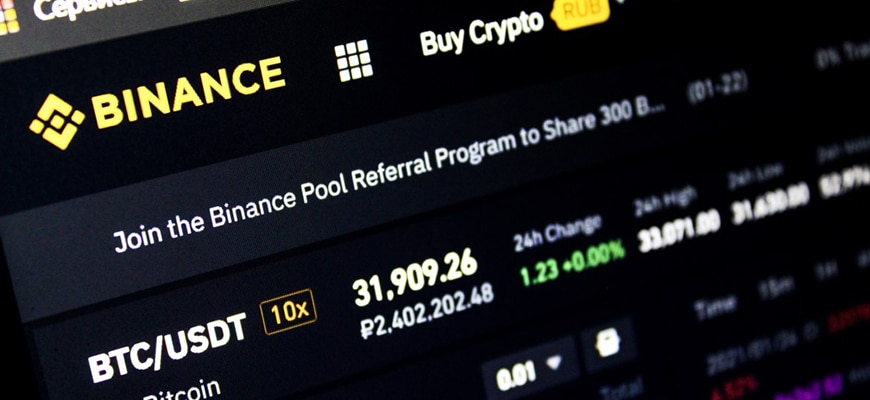ERC-777 is a tradable token standard based on ERC-20, providing a new way to interact with the token contract while maintaining backward compatibility.
What is ERC-777?
ERC-777 is an interchangeable token standard introduced in the Ethereum network that is fully interoperable with existing decentralised exchanges. In other words, the ERC-777 tokenisation standard incorporates the Ethereum blockchain protocol that defines the type of tokens that are compatible with ETH.
ERC-777 simplifies complex token trading and eliminates the ambiguity around decimals, mining and burning. ERC-777 uses an effective feature called “hooking”.
When tokens arrive on a computer analyst’s contract, it activates the “hook” mechanism, making it easier for accounts and contracts to interact when receiving tokens. In addition, ERC777 tokens are much less likely to get stuck in a contract, which is traditionally considered a problem for ERC-20 tokens.
ERC777, like ERC20, is the standard for generating tokens on the Ethereum blockchain. Hooks are programmed into the standard. If you transfer ETH to a smart token, it will receive a notification of receipt of ETH via hooks, a feature that ERC20 tokens do not have.
Tokens can be transferred to any Ethereum address, which essentially means that you can send tokens to contracts that don’t support them, thereby locking them permanently. The problem is that even if tokens can be moved manually, it proves difficult to determine which tokens came from whom and who sent them back.








